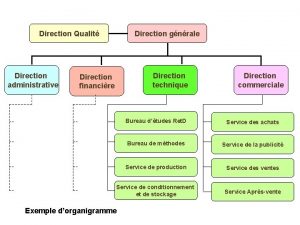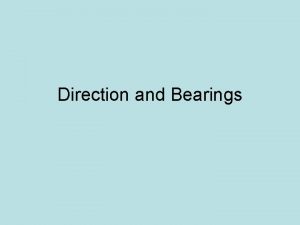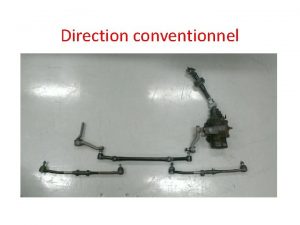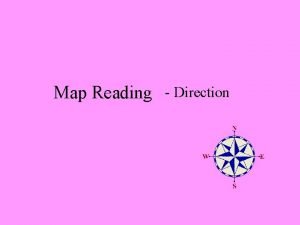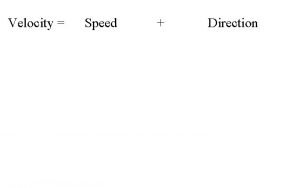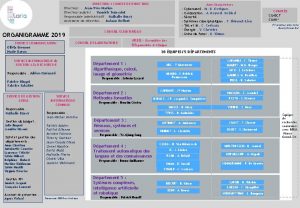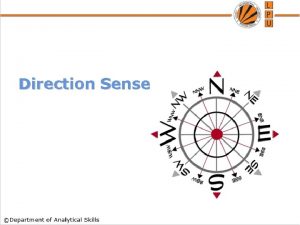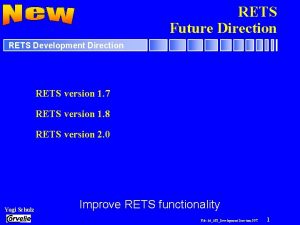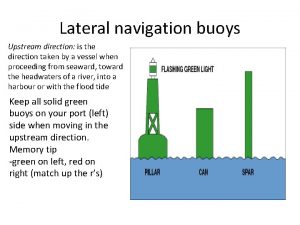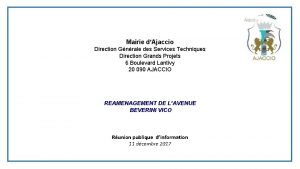Chapter 34 What is the direction of the
























- Slides: 24

Chapter 34

What is the direction of the net force on the moving charge? 1. Into the page 2. Out of the page 3. Left 4. Right 5. Up and left at 45°

What is the direction of the net force on the moving charge? 1. Into the page 2. Out of the page 3. Left 4. Right 5. Up and left at 45°

Which diagram shows the fields in frame S´? 1. a 2. b 3. c 4. d 5. e

Which diagram shows the fields in frame S´? 1. a 2. b 3. c 4. d 5. e

The electric field in four identical capacitors is shown as a function of time. Rank in order, from largest to smallest, the magnetic field strength at the outer edge of the capacitor at time T. 1. 2. 3. 4. 5. Ba = Bb > Bc = Bd Ba > Bb > Bc > Bd Ba = Ba > Bc > Bd Bc > Ba > Bd > Bb Bd > Bc > Ba = Bb

The electric field in four identical capacitors is shown as a function of time. Rank in order, from largest to smallest, the magnetic field strength at the outer edge of the capacitor at time T. 1. 2. 3. 4. 5. Ba = Bb > Bc = Bd Ba > Bb > Bc > Bd Ba = Ba > Bc > Bd Bc > Ba > Bd > Bb Bd > Bc > Ba = Bb

An electromagnetic wave is propagating in the positive x-direction. At this instant of time, what is the direction of at the center of the rectangle? 1. In the positive x-direction 2. In the negative x-direction 3. In the positive y-direction 4. In the positive z-direction 5. In the negative z-direction

An electromagnetic wave is propagating in the positive x-direction. At this instant of time, what is the direction of at the center of the rectangle? 1. In the positive x-direction 2. In the negative x-direction 3. In the positive y-direction 4. In the positive z-direction 5. In the negative z-direction

An electromagnetic wave is traveling in the positive y-direction. The electric field at one instant of time is shown at one position. The magnetic field at this position points 1. In the positive x-direction. 2. In the negative x-direction. 3. In the positive y-direction. 4. In the negative y-direction. 5. Away from the origin.

An electromagnetic wave is traveling in the positive y-direction. The electric field at one instant of time is shown at one position. The magnetic field at this position points 1. In the positive x-direction. 2. In the negative x-direction. 3. In the positive y-direction. 4. In the negative y-direction. 5. Away from the origin.

The amplitude of the oscillating electric field at your cell phone is 4. 0 µV/m when you are 10 km east of the broadcast antenna. What is the electric field amplitude when you are 20 km east of the antenna? 1. 1. 0 µV/m 2. 2. 0 µV/m 3. 4. 0 µV/m 4. There’s not enough information to tell.

The amplitude of the oscillating electric field at your cell phone is 4. 0 µV/m when you are 10 km east of the broadcast antenna. What is the electric field amplitude when you are 20 km east of the antenna? 1. 1. 0 µV/m 2. 2. 0 µV/m 3. 4. 0 µV/m 4. There’s not enough information to tell.

Unpolarized light of equal intensity is incident on four pairs of polarizing filters. Rank in order, from largest to smallest, the intensities Ia to Id transmitted through the second polarizer of each pair. 1. 2. 3. 4. 5. Ia = Id > Ib = Ic > Ia = Id Ib = Ic > Ia > Id Id > Ia > Ib > Ic Id > Ia > Ib = Ic

Unpolarized light of equal intensity is incident on four pairs of polarizing filters. Rank in order, from largest to smallest, the intensities Ia to Id transmitted through the second polarizer of each pair. 1. 2. 3. 4. 5. Ia = Id > Ib = Ic > Ia = Id Ib = Ic > Ia > Id Id > Ia > Ib > Ic Id > Ia > Ib = Ic

Chapter 34 Reading Quiz

Maxwell’s equations are a set of how many equations? 1. Two 2. Three 3. Four 4. Five 5. Six

Maxwell’s equations are a set of how many equations? 1. Two 2. Three 3. Four 4. Five 5. Six

Maxwell introduced the displacement current as a correction to 1. Coulomb’s law. 2. Gauss’s law. 3. Biot-Savart’s law. 4. Ampère’s law. 5. Faraday’s law.

Maxwell introduced the displacement current as a correction to 1. Coulomb’s law. 2. Gauss’s law. 3. Biot-Savart’s law. 4. Ampère’s law. 5. Faraday’s law.

The law that characterizes polarizers is called 1. Malus’s law. 2. Maxwell’s law. 3. Poynting’s law. 4. Lorentz’s law.

The law that characterizes polarizers is called 1. Malus’s law. 2. Maxwell’s law. 3. Poynting’s law. 4. Lorentz’s law.

Experimenter A creates a magnetic field in the laboratory. Experimenter B moves relative to A. Experimenter B sees 1. just the same magnetic field. 2. a magnetic field of different strength. 3. a magnetic field pointing the opposite direction. 4. just an electric field. 5. both a magnetic and an electric field.

Experimenter A creates a magnetic field in the laboratory. Experimenter B moves relative to A. Experimenter B sees 1. just the same magnetic field. 2. a magnetic field of different strength. 3. a magnetic field pointing the opposite direction. 4. just an electric field. 5. both a magnetic and an electric field.
 Hình ảnh bộ gõ cơ thể búng tay
Hình ảnh bộ gõ cơ thể búng tay Ng-html
Ng-html Bổ thể
Bổ thể Tỉ lệ cơ thể trẻ em
Tỉ lệ cơ thể trẻ em Chó sói
Chó sói Tư thế worms-breton
Tư thế worms-breton Chúa sống lại
Chúa sống lại Các môn thể thao bắt đầu bằng tiếng bóng
Các môn thể thao bắt đầu bằng tiếng bóng Thế nào là hệ số cao nhất
Thế nào là hệ số cao nhất Các châu lục và đại dương trên thế giới
Các châu lục và đại dương trên thế giới Công thức tiính động năng
Công thức tiính động năng Trời xanh đây là của chúng ta thể thơ
Trời xanh đây là của chúng ta thể thơ Mật thư anh em như thể tay chân
Mật thư anh em như thể tay chân 101012 bằng
101012 bằng Phản ứng thế ankan
Phản ứng thế ankan Các châu lục và đại dương trên thế giới
Các châu lục và đại dương trên thế giới Thể thơ truyền thống
Thể thơ truyền thống Quá trình desamine hóa có thể tạo ra
Quá trình desamine hóa có thể tạo ra Một số thể thơ truyền thống
Một số thể thơ truyền thống Cái miệng bé xinh thế chỉ nói điều hay thôi
Cái miệng bé xinh thế chỉ nói điều hay thôi Vẽ hình chiếu vuông góc của vật thể sau
Vẽ hình chiếu vuông góc của vật thể sau Nguyên nhân của sự mỏi cơ sinh 8
Nguyên nhân của sự mỏi cơ sinh 8 đặc điểm cơ thể của người tối cổ
đặc điểm cơ thể của người tối cổ V. c c
V. c c Vẽ hình chiếu đứng bằng cạnh của vật thể
Vẽ hình chiếu đứng bằng cạnh của vật thể

























